Visionaries: Building Evolution: Syska Hennessy’s Co-Presidents Rate Construction Improvements, Recommend Future Needs
Syska Hennessy Group co-presidents Gary Brennen and Cyrus Izzo discuss the most beneficial solutions being implemented in building design and development today, where shortcomings remain and what owners’ and developers’ priorities should be for the greatest efficiencies in the future.
Syska Hennessy Group co-presidents Gary Brennen and Cyrus Izzo are in the forefront of design and development progress, guiding an engineering firm known nationally for innovation and high-performance solutions pertaining to sustainable design. Brennen and Izzo discussed with CPE editorial director Suzann D. Silverman the most beneficial solutions being implemented in building design and development today, where shortcomings remain and what owners’ and developers’ priorities should be for the greatest efficiencies in the future.
CPE: What do you consider to have been the greatest improvements in real estate design in the past 10 years?
Brennen: What we’ve seen really being pressed by our clients—developers, landlords, government agencies—is this idea of high-performance—or green—design. We like the term “high performance” better, because it paints the picture about how design matters in how buildings take their shape and how they operate. That’s true for the landlord as well as the occupants. How do you create these high-performance environments—pretty creative spaces—that have positive energy but reduce their energy and carbon footprint at the same time?
Izzo: To Gary’s point, in order to bring these concepts to life, some of the tools that are available to the design community are really cutting edge. If you look back 10 years, or even five years, to the current day, tools like building information modeling, energy simulation tools and really being able to put forth a model that owners, developers, contractors and designers can all weigh in on and change before anybody really gets out into the field and puts a shovel in the ground has been amazing.
CPE: Tell me more about how you approach new construction today and what’s different about your approach from what it used to be.
Brennen: One of those (differences) now in the approach is how collaborative we have to be. The way to make that impactful is the use of the tools Cyrus just talked about. How do we bring forth our ideas in ways — through 3D modeling or the parametrics we use, in real time — that help our clients make predictive decisions early during — we call it the opportunity phase. When you’re visioning your project, how do you create the ideas that people understand and then predict the outcomes by using BIM and energy modeling tools, daylighting strategies and tools, so that you make the right decisions at the front end of a job that create these dynamic spaces people really need in the marketplace, to either market to tenants or market to their user groups or market, in some cases, to the neighborhoods? … It’s a way of creating an approach that helps the entitlement process by having low-energy, low-water, low-carbon- type facilities that show maybe it’s actually a positive to have construction.
Izzo: I think the other real game-changer in the industry is … collaboration with the owner, the design team and the contractors, as well as the folks who will operate the facility. In lieu of them being in various corners, kind of staking their claim and watching just their areas of interest, it really is, from the beginning of a project, a team approach to developing a truly successful outcome for the owner, so that all of these different stakeholders work together, hand-in-hand, from the project commencement right through to commissioning, completion and occupancy.
And then there’s some feedback that might occur just to see how these systems and the building are performing, and the KPIs against that. If they’re set up-front, it’s great to have an owner who’s willing to measure those KPIs as the building continues to evolve.
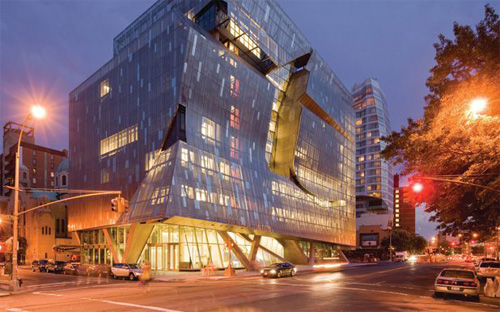
As engineer of record, Syska Hennessy collaborated with IBE Engineers to make the Cooper Union Academic and Science Lab Building in New York City technologically advanced, sustainable and flexibly designed. Photo by Iwan Baan Photography.
CPE: Is there anything in your experience that you think developers are just not focusing enough on now or could be addressing better?
Brennen: One of the challenges we see with developers and owners is that they need to be engaged early on in the decision-making and design process, in terms of making key decisions about how the building will operate, not just what it looks like. Sometimes you get trapped with the aesthetic, but performance matters in these high-performance, sustainable buildings. And (you can’t just say), “Let’s have the engineer create a high-efficiency mechanical system.” That’s not going to be good enough anymore; you’ve got to have a high-efficiency building design (from) the beginning.
I think owners have to learn and be engaged up front in that dialogue. How is the building massed? How is it oriented? What’s the glass and daylight condition? How do I keep solar gain out but good daylight in? It’s almost, “How do you engineer the architecture,” which drives the architect nuts a little bit, but you’ve got to tune the design from day one, and then … continue to tune the building after you occupy it to get the kind of results you want—and probably your tenants want, too.
Izzo: I don’t like to generalize, but the one big topic that I think everyone talks about but I don’t know that, as an industry—owners, architects, engineers, contractors—we’ve quite figured out is the future of energy. What does that look like? How does that impact the decisions we’re making today and the buildings that we’re designing and building today? I don’t know that there’s a clear-cut answer just yet. But I don’t believe people are focusing as much as we all should be on what the future of energy will be like in this country five, 10, 20 years from now. It’ll be very different, and we just want to make sure we’re mindful of what might occur, because the decisions we make today may not make sense with the changing landscape of energy.
CPE: Are you incorporating that into your thinking now?
Izzo: We’re addressing it probably as much as anyone else. However, I don’t know that owners have embraced that conversation too readily. Everyone wants to talk about green energy. When people see the current payback scenarios, et cetera, et cetera, that conversation typically ends pretty quickly. As an industry, we probably want to make better decisions. And … probably some more R&D is required of what decisions we should be making today, since energy will continue to be a challenge for the next 20 years.
Brennen: Essentially, all our resources: energy and water. … We certainly see the federal government beginning to push again, with their idea of carbon neutrality by 2030. It’s a very ambitious goal for the federal sector, to be carbon-neutral in their whole portfolio by 2030. I don’t know how you get there from here, but it certainly means you’ve got to start rethinking how you design buildings, as we talked about, with all our modeling tools and rethinking the skin, the massing and the orientation. And you might even have to have renewable energy sources in your building, so that you’re almost energy positive, if you’re really going to get there—whether that’s solar, fuel cells, co-generation or wind.
CPE: How much redevelopment do you need to do in order to incorporate some of this?
Brennen: When you think about your existing buildings, as landlord or developer, you have to reposition them not just for their looks and finishes but how they perform in this new kind of energy environment or regulatory environment we’re all going to be in. How do you improve the performance of the building and its systems, not just its look and feel?
Izzo: That has everything to do with the owner’s bottom line. The performance of those buildings will either make or break how competitive they are in attracting tenants, and also attracting a favorable bottom line. And it all comes down to: What is the return on those dollars that they invest? If those systems are not performing well, they will not be competitive with the building next door, and they will have a tougher time attracting and retaining quality tenants and charging market rents.
CPE: What do you see as the next evolution of commercial buildings?
Izzo: Sticking to the energy topic, sticking to the highly collaborative spaces, sticking to the high-performance solutions so that the employees are productive, the buildings operate well, I think you’ll find that things like IPD, BIM and these tools will continue to be refined so that commercial office buildings in the future remain very efficient, not just to construct but to finance and operate. In the past, there might have been more investment dollars available (for) proper- ties, and people were willing to potentially tolerate lower efficiencies. I think that’ll be off the table in the not-so-distant future.
Brennen: The U.S. practice usually was to overcome the environment that they fit in— so overcome the solar gain, overcome the cold temperature outside. Now buildings’ design needs to engage. You know, architects talk a lot about this: “of its place and of its time.” Well, now the building itself needs to respond to and engage with the sun. What are the opportunities to have daylighting or solar PVs? What’s the opportunity to naturally ventilate transitional spaces, where you may not have to use mechanical cooling. …The building needs to engage the outdoor environment it’s sitting in.
And then the occupants will live in that space, and you’ll have this much brighter, day-lit, comfortable environment for them to be productive in. That’s really an area that still continues to evolve, because we’re so used to just overcoming it by adding in chillers and mechanical systems and all that stuff.
CPE: What are some examples?
Izzo: If you look at people who have really studied their environment and figured out ways of leveraging their environment, whether it’s using river water for cooling or figuring out new and exciting ways of using geothermal systems, although at first glance they may not have had the best short-term ROI, I think people with a longer-term view understand that that will pay dividends—maybe not in three years but over the life of the facility. It’ll be very potent and very measurable for their investors.
Brennen: Longer term, corporate clients are definitely thinking along these lines … talking about building LEED Platinum. … GE (wanted a) LEED Platinum data center, because that was important to them, for their employees but also as a message to the marketplace. We see it in RFPs coming out now for Intuit—LEED Platinum for their new building up in Mountain View. They’re beginning to take a longer-term view about the environment and its impact on their local workforce, but also the community at large and how good a neighbor they need to be.
The government kind of started this process, but now we see it in our corporate clients. You’re going to see it (expand) to the more savvy developers, who have to cater to these kinds of corporate clients. It’s almost a three-step process. The smart developers, Hines or Durst, they get it. They know they’ve got to get out in front of this.
CPE: What do you see as the biggest prob- lems with or drags on building operation today?
Izzo: It’s probably around training. These buildings continue to become quite complicated in how they’re designed, and, most important, how they’re operated. Now, with some of the systems, everything is riding on technology. I think people have to really spend time training their teams to be able to operate these buildings and tune these buildings, because it’s not just set the thermostats once and walk away for the next 30 years. You have to really continue to monitor these measurements that you get back in the system. And then how do you proactively manage those systems to take advantage of some of the data points you get back?
As a building evolves and matures, you need a very robust operations team, who’s highly trained, highly technical; who can take advantage of a building and tune its systems to be able to wring the most efficiency out of all of the systems that are designed and installed. And that’s not really static; that’s a very dynamic process.
CPE: That means a different kind of team.
Brennen: A little more sophisticated, and I think Cyrus’ key word there is “proactive.” Traditionally, the building engineers were probably very good reaction-wise; this is a different mindset. How do you think ahead? How do you learn from what the building’s systems are doing and then continually improve them through (being) proactive, using your BMS systems smartly, understanding … how you can tweak set points. It goes on and on and on. But it’s a different … mindset and culture that these buildings are going to demand over time.
For further discussion of sustainable, or “high-performance,” practices, turn to “Sustainable Solutions.”

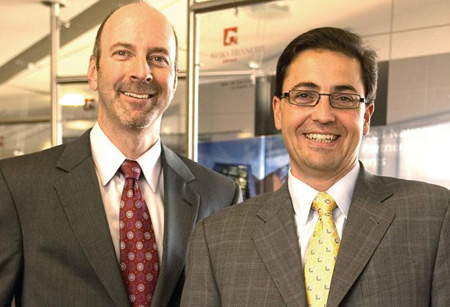
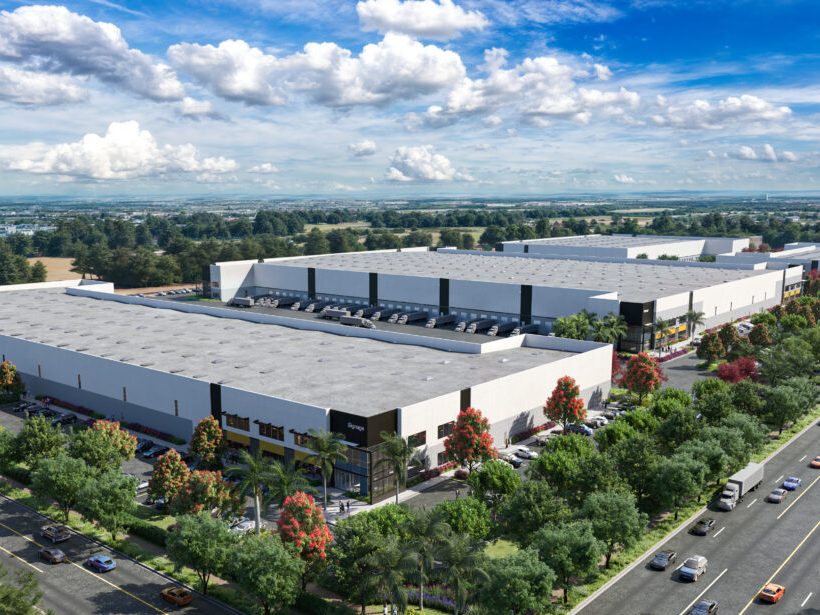
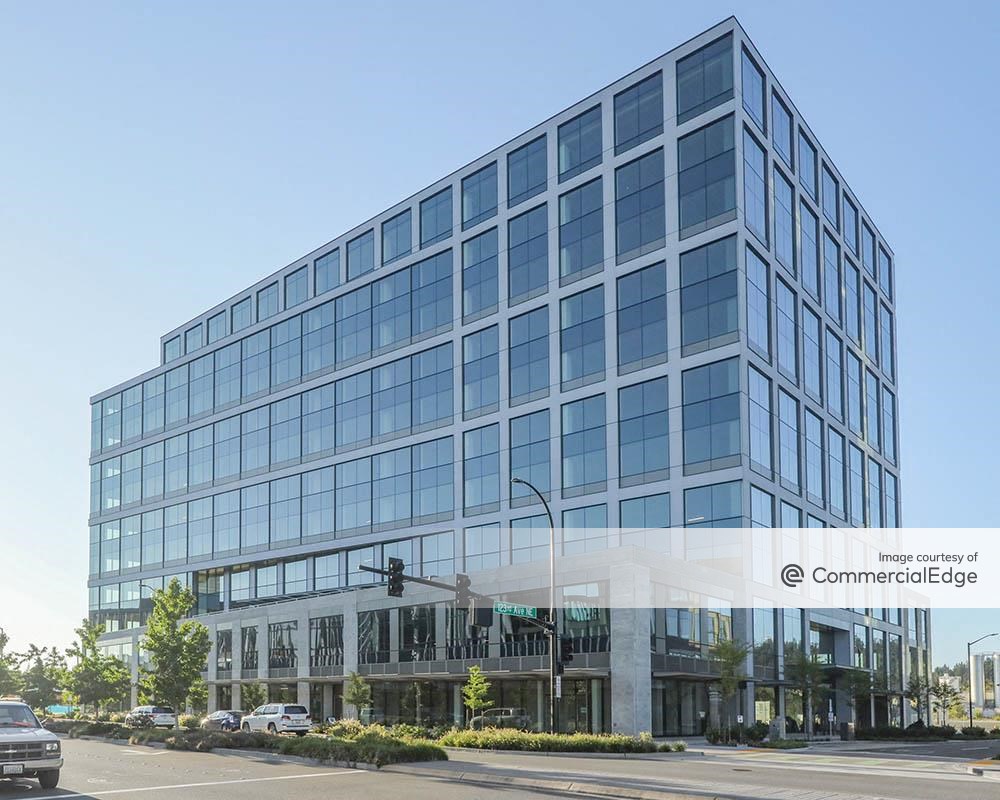
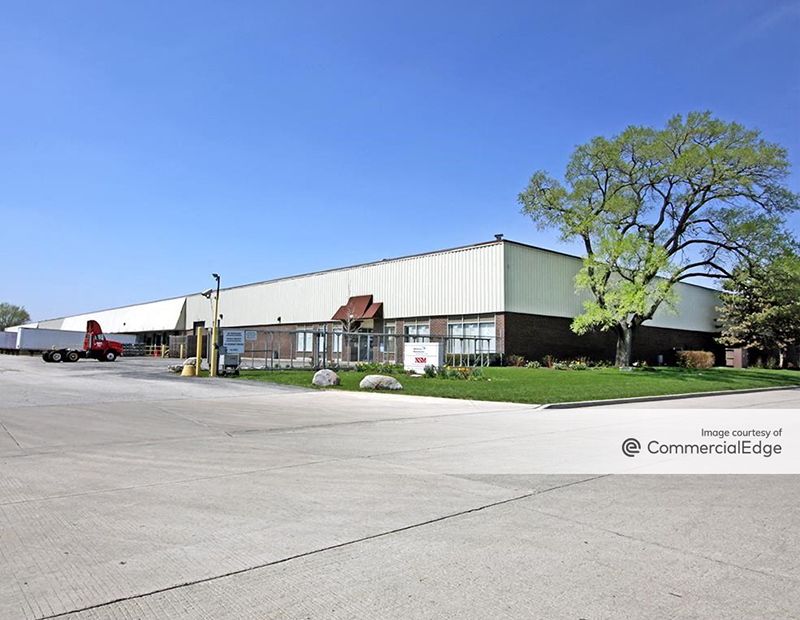
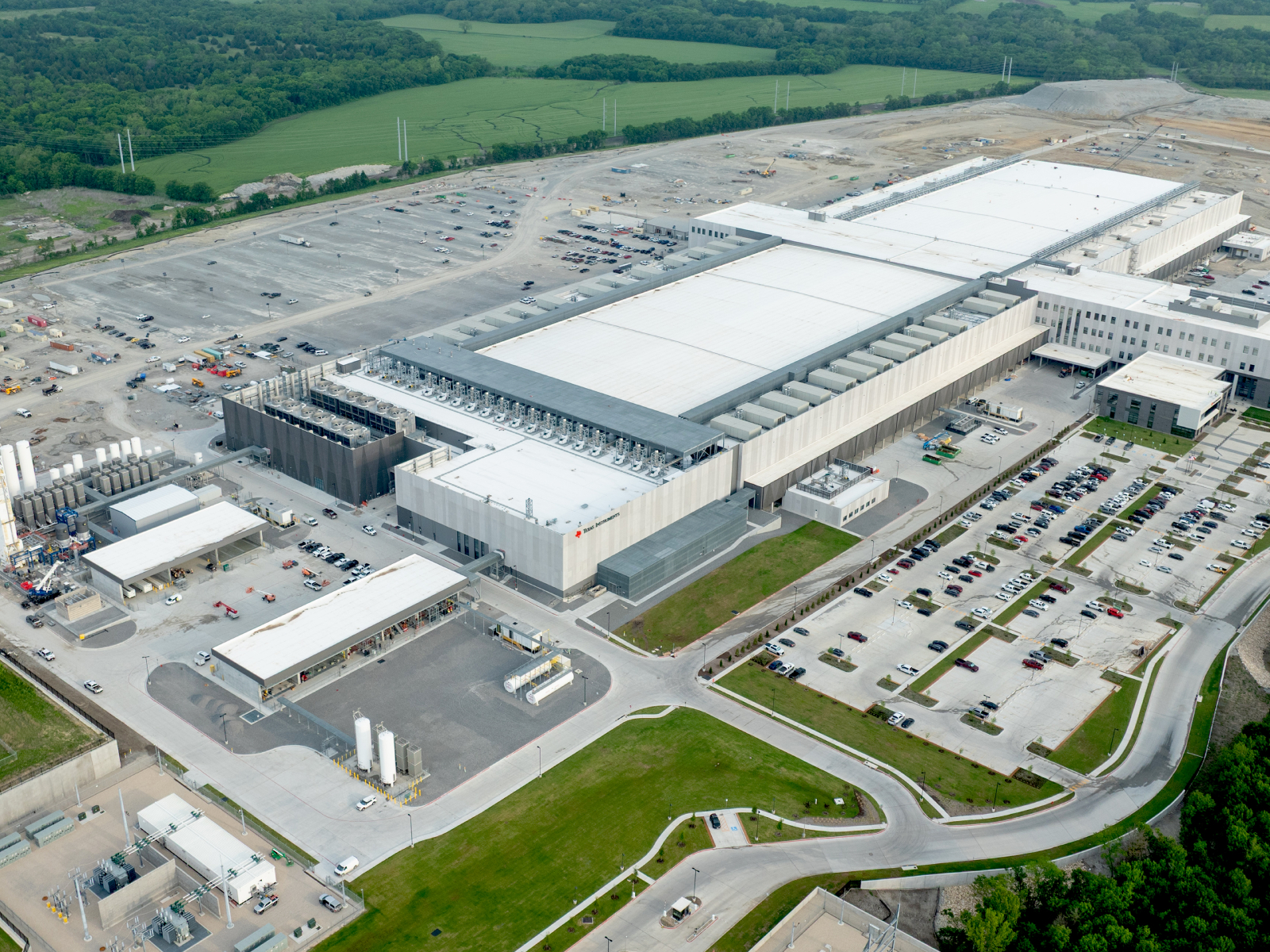
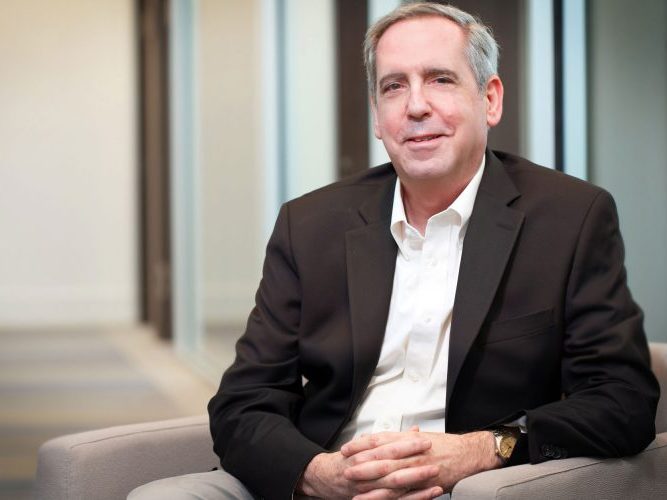
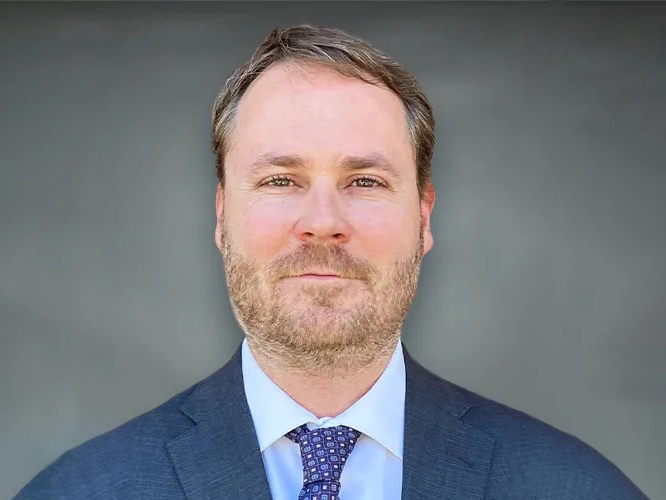
You must be logged in to post a comment.